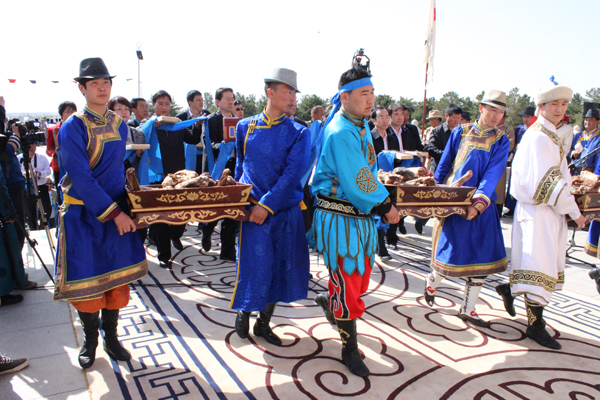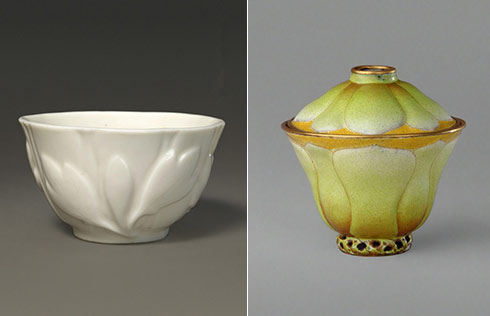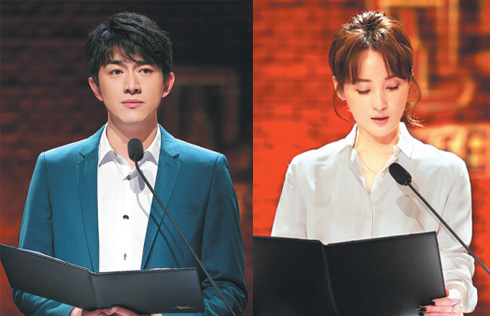In memory of the Khan
 |
|
People offer sacrifices at the annual spring event Tsagaansurek at the Mausoleum of Genghis Khan. [Photo by Wang Kaihao/China Daily] |
Genghis Khan was the greatest Mongolian in the memory of his people. But there is one clan of Mongolians that has made preserving his memory its special duty. Wang Kaihao reports from Ordos, Inner Mongolia.
Related: Spring rite
The Mausoleum of Genghis Khan turned into a ritual sanctuary recently as pilgrims celebrated the spring sacrifice. More...
The morning sunshine bathes the Mausoleum of Genghis Khan in Ejin Horo Banner, the Inner Mongolia autonomous region, with a golden glow. Tranquility has just returned to this Mongolian ethnic group's holiest place on the Ordos Plateau. On April 30, more than 70,000 pilgrims from all over China and overseas congregated for Tsagaansurek, the peak event of a one-week annual spring sacrifice, which means "a white herd" in Mongolian. Govaa, a woman from the nearby pasture region, steps into the main palace which is housed in a building shaped like a cluster of three Mongolian yurts. She removes her stylish sunglasses, takes out a huge piece of roast lamb and two bottles of fine Moutai liquor. She then holds out a blue khatag - a long piece of silk that denotes good wishes and blessings - and kneels down in front of the golden statue of Genghis Khan.
The palace resounds with a priest's voice reading an ode to the Khan.
"There were too many people yesterday and we were blocked outside due to traffic control," Govaa stands up about half an hour later. "But, I can never be absent at such an important rite. Nobody dictates that I come, but I have to be responsible to our Emperor Lord, who always lives in my heart."
She is one of the Darhad people, descendents of Bo'orchu and Muqali, two famous Mongol generals, who had the special privilege of guarding the Khan's mausoleum after his death in 1227. For this, they were also exempted from military duties and taxes.























